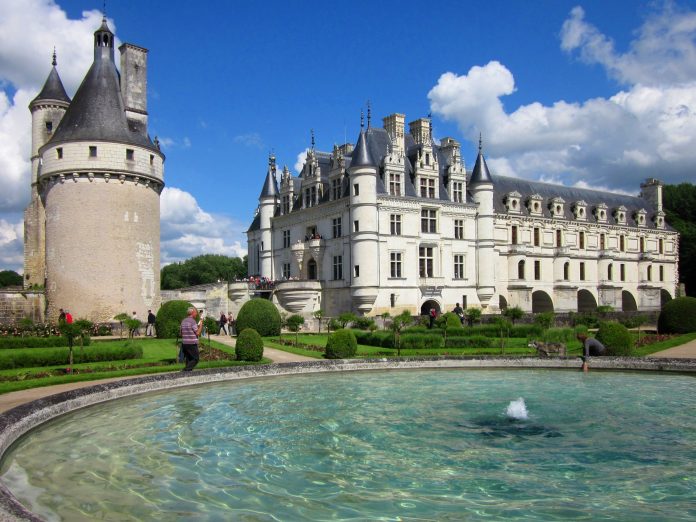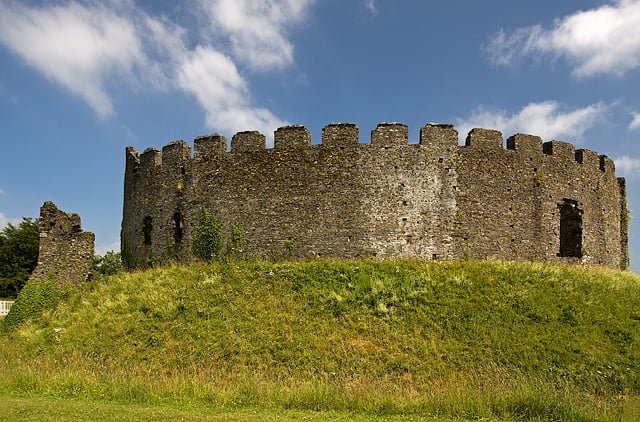Château de Chenonceau is a renaissance masterpiece that feels like it’s been plucked straight out of a Disney movie. The sheer elegance, sophistication, and classic architectural details of this chateau have made it a true tourist hub with almost 800,000 people visiting in 2007. Further, we’ll look at everything that you need to know about it:
Table of Contents
- 1 Frequently Asked Questions
- 2 Early History
- 2.1 Origins with the Marques
- 2.2 With Thomas Bohier & Diane de Poitiers
- 2.3 Under the French Crown (1535 Onwards)
- 2.4 Thriving Under Diane Poitier
- 2.5 The Death of Henry & the Return of the Château (1559 Onwards)
- 2.6 The Interim Period (1589 Onwards)
- 2.7 In Possession of Claude Dupin (1733)
- 2.8 The Heiress Marguerite Pelouze (1846)
- 3 Current Times
- 4 Interesting Château de Chenonceau Facts
- 5 Visiting Château de Chenonceau – Tips and Tricks
The Château de Chenonceau was used to host the Chanel Fashion Show, as it was iconically designed and lived in by women.
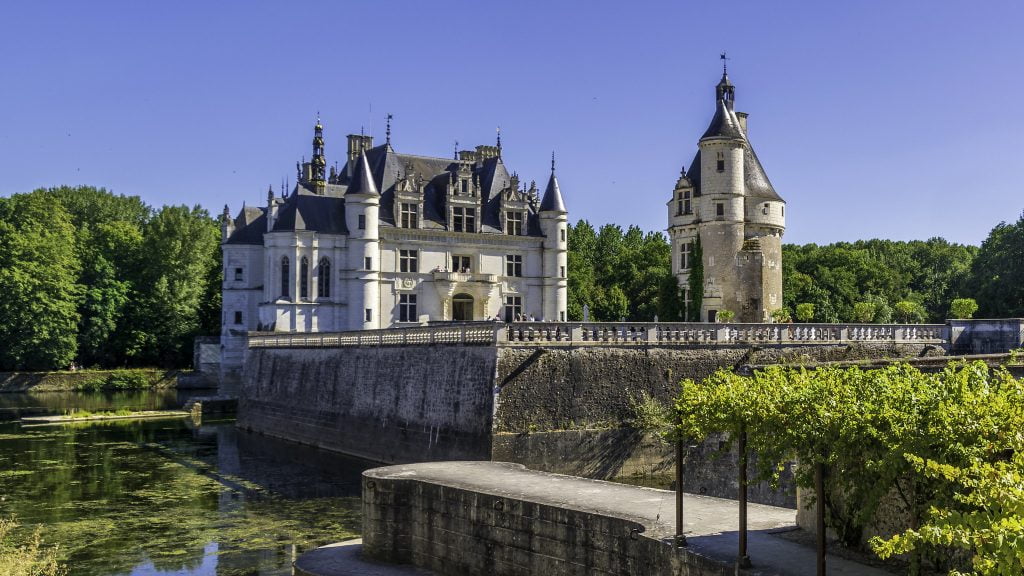
Frequently Asked Questions
Where is Château de Chenonceau Located?
Château de Chenonceau is located in the village of Chenonceau, France, which lies on the west bank of the River Cher. The castle structure bridges over the Cher and is a sight to behold.
When was Château de Chenonceau Built? Who Build It?
Château de Chenonceau has a rich history. Traces of the original structure date back to the 11th century, but the small fortress burned down and was eventually acquired by Thomas Bohier in 1512. He gave it to his wife and together, they transformed it into the grand palace that we see today.
When is The Best Time to Visit the Castle?
Spring is the best time to visit the castle, and you might want to go in the afternoon as that’s when lighting is the best.
What Other Monuments are Located Nearby?
You might want to visit Chartres Cathedral with its stained glass windows nearby. Château de Chambord is also a good option.
FOR HISTORY | BEAUTIFUL IMAGES | INTERESTING FACTS | TRAVEL TIPS
Early History
Origins with the Marques
Château de Chenonceau made its first appearance in the official historical documents in the 11th century. Back then, it belonged to the Marques family who also owned the land around it.
It was 1411 when the patriarch of the Marques family (Jean Marques) was culled in an act of sedition. As a result, an order was given to destroy the original structure. Jean constructed a new palace in its place after, along with a mill.
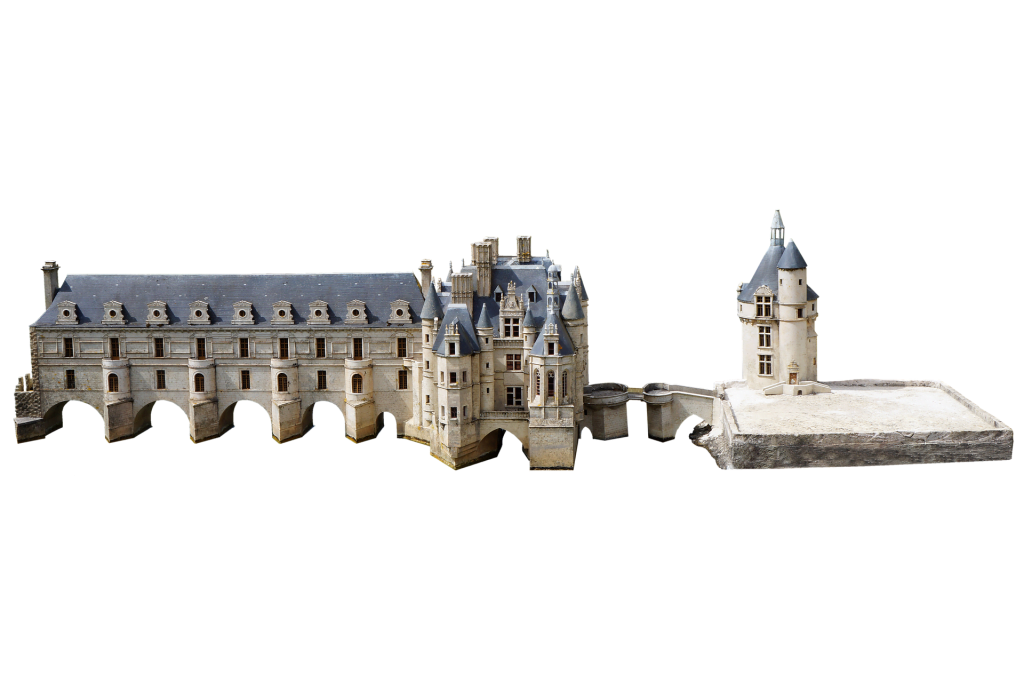
With Thomas Bohier & Diane de Poitiers
The last Marques heir to own the Château de Chenonceau was Pierre Marques. He was under a lot of debt, so he sold the castle. It was bought by Thomas Bohier, a senior official (title: General Tax Collector) in the court of King Charles VII. It was he who dismantled all the extra buildings around the property and gave orders to construct a third version of the castle. It’s the one that we see today.
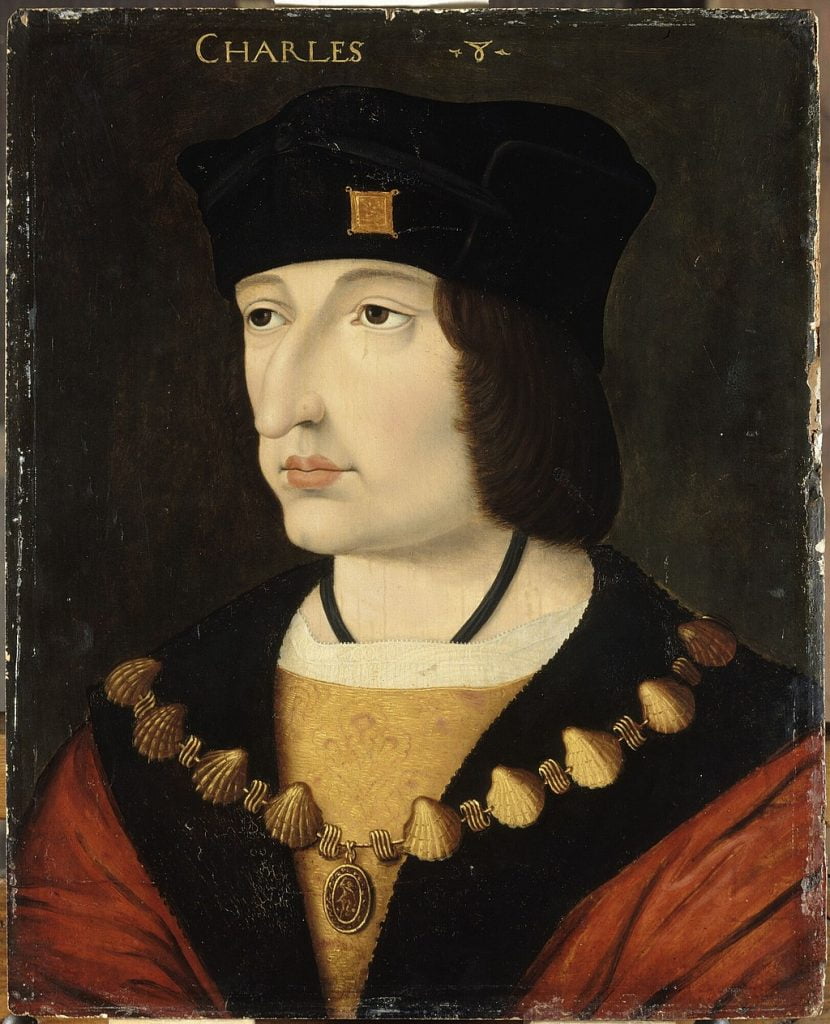
Under the French Crown (1535 Onwards)
When Thomas Bohier died, his family owed a lot of debts. In order to pay them off, they surrendered the Château de Chenonceau to the French crown. Initially, the King focused on the construction of the Chambord Castle and it wasn’t until Henry II’s mistress Diane Poitiers fell in love with this palace that it became a residence again.
Poitiers was the Count of Breze’s widow and was actually two decades older than Henry. Henry II bestowed the castle upon her as a symbol of his love, she took ownership in the year 1555.
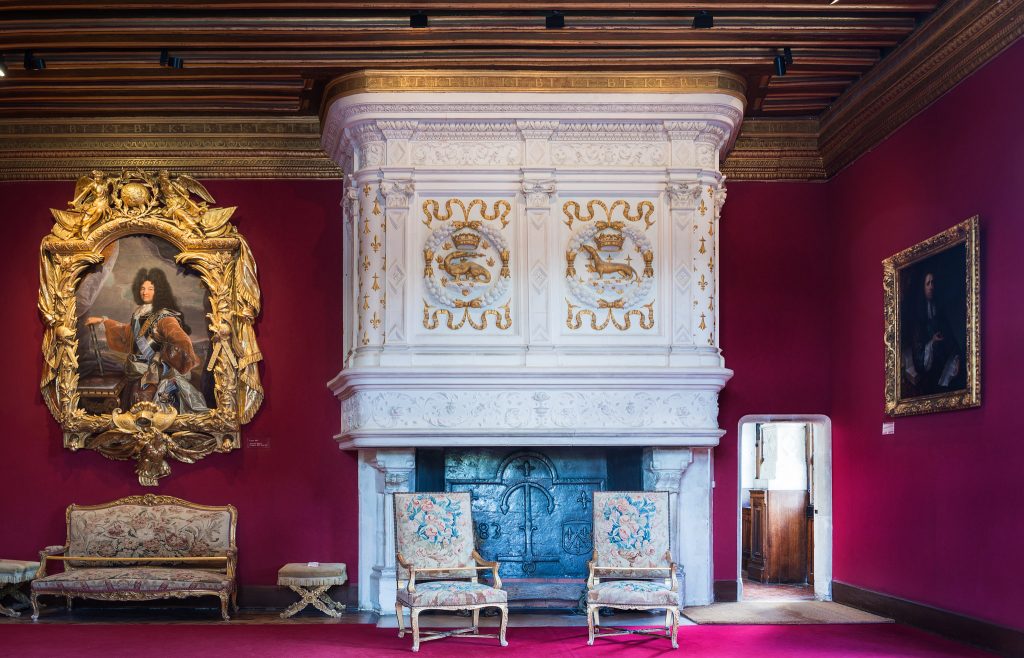
Thriving Under Diane Poitier
Diane gained the title Duchess of Valentinois during her stay at the Château de Chenonceau. She made the property into a proper estate and ruled it with precision, passion, and gusto. Artists were invited from all over to take residence there and numerous balls, parties, and hunts were hosted. It was Diane who embarked on the enlargement of the castle and added the structure that spans the River Cher.
In the end, she became an absolute legend – and as with all icons, she garnered many enemies, including the Queen: Catherine de Medici.
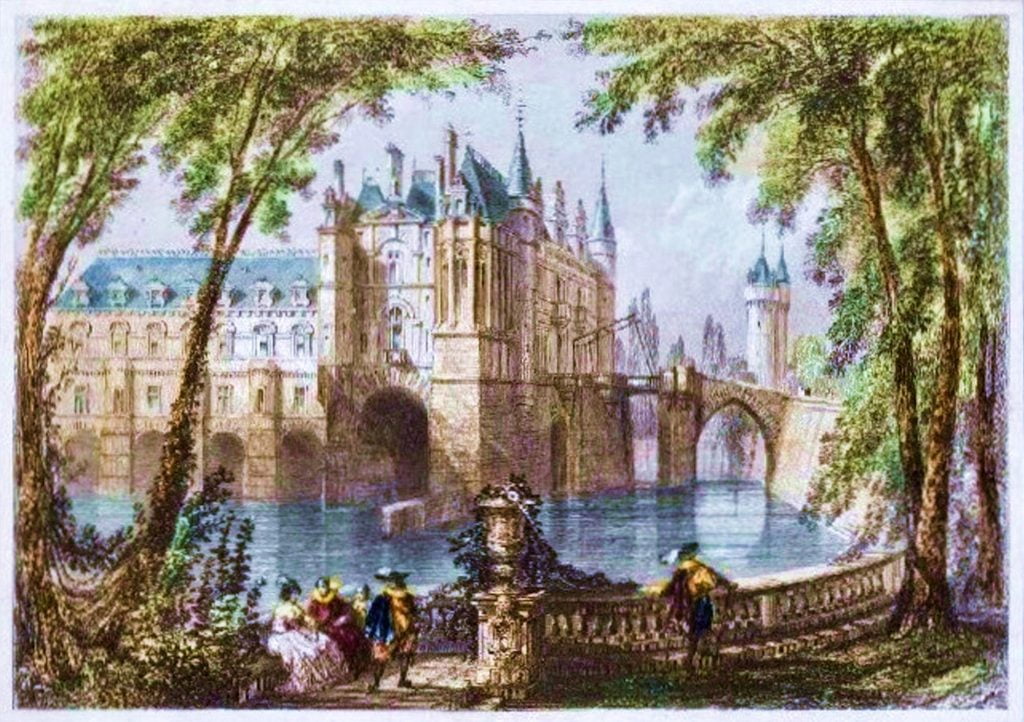
The Death of Henry & the Return of the Château (1559 Onwards)
Henry II died after suffering from a fatal injury in a sporting event in 1559. He was succeeded by his widow Catherine de Medici, who finally saw an opportunity and took over the Château de Chenonceau by banishing Diane Poitiers to Chaumont. She took great care of the palace and kept it thriving.
It was under Catherine that the palace gardens were landscaped to perfection by Bernard Palissy – a renowned French horticultural engineer. In 1576, she initiated the construction of the grand courtyard. It was in 1577 that the grand gallery of the chateau was inaugurated. The party was absolutely glamorous and one of the most iconic celebrations in the history of this castle.
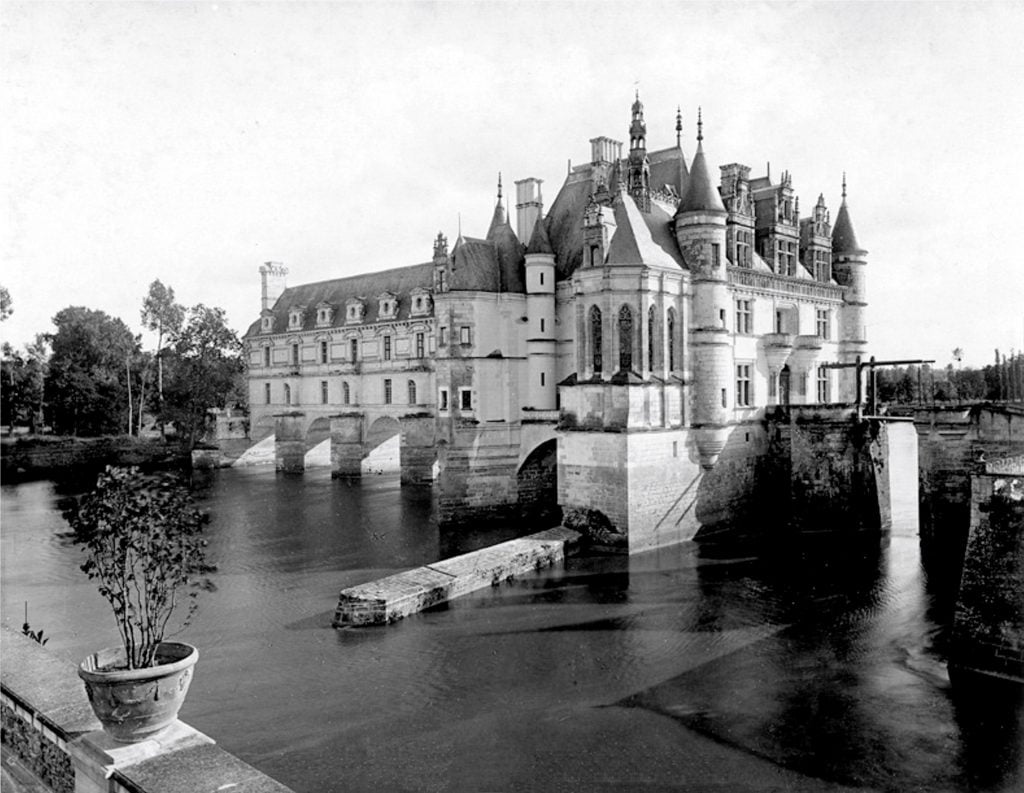
The Interim Period (1589 Onwards)
When Catherine passed away, the Château de Chenonceau passed down to Henry III’s wife, Louise Lorraine. Her reign was a depressing one as she heard of Henry’s assasination there and spent the next decade wandering the corridors of the castle until it was obtained by Henri IV for his mistress.
However, it was still in possession of Louise and upon her death, she left it to her niece Francoise de Lorraine. She was betrothed to Cesar de Bourbon, who was the son of Henri IV and his mistress Gabrielle d’Estrees. Château de Chenonceau remained in the possession of the Bourbons for a hundred years.
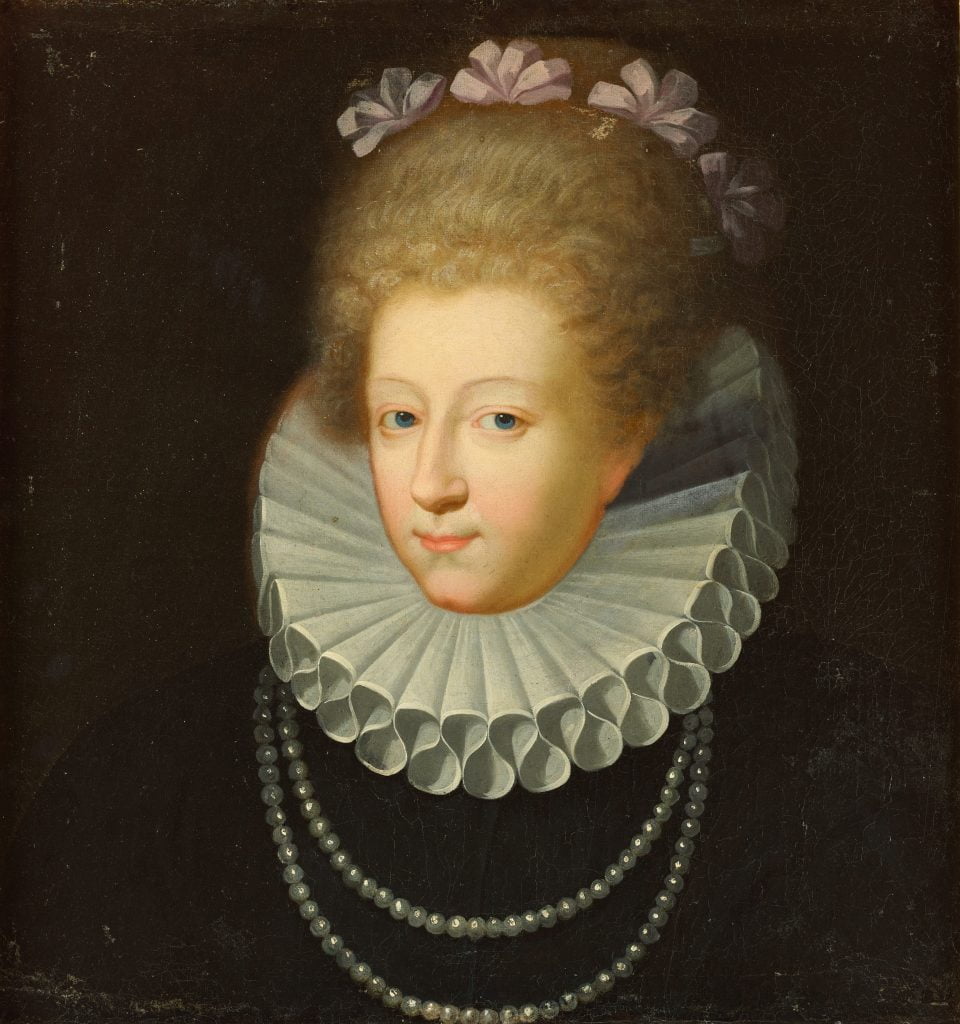
In Possession of Claude Dupin (1733)
The Bourbons weren’t really interested in the upkeep and usage of the castle, so it was sold to the squire Claude Dupin in 1733. He built a literary salon at the palace and it was incredible enough to attract amazing writers like Voltaire, Buffon, and Fontenelle.
Dupin was well-loved by the peasants around the area and is well-known for saving the chateau from destruction during the French Revolution.

The Heiress Marguerite Pelouze (1846)
Château de Chenonceau was bought by 1864 by the heiress Marguerite Pelouze. After almost a decade, in 1875, she hired Felix Roguet to revamp and refurbish it. She got rid of many of the elements introduced by Catherine de Medici. She did an extensive renovation on the interior and hosted many parties until she ran out of money when the chateau was seized then sold.
Revisit More Historic Places Below or Read Further
Current Times
In the twentieth century, 1913 specifically, Château de Chenonceau was bought by Henri Menier and it has remained in Menier’s family possession since. The chateau saw a lot of action from 1914 till 1918 when it was used as a military hospital during World War I. It was also in a very strategic location during the Nazi Occupation as the entrance was in occupied France, while the south side was in the unoccupied region.
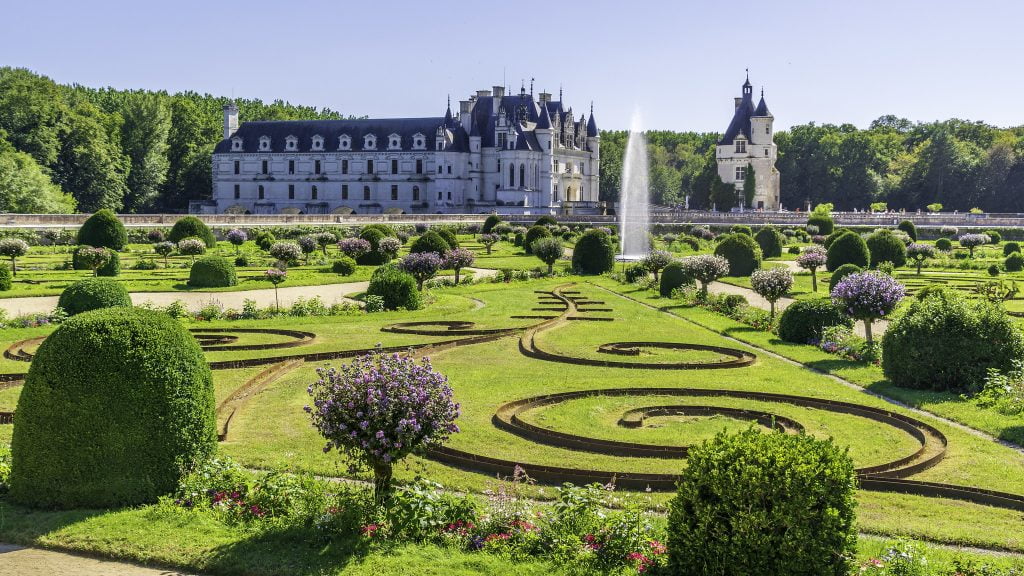
The 1940s saw the Cher overflow from the Great Flood and as a result, the gardens remained barren till the 1950s. It wasn’t till 1951 that the Menier family hired Bernard Voisin to refurbish the chateau to its former glory. Several outbuildings were added, the gardens were restored, and little by little, the palace was once again brought to life.
Today, the Château de Chenonceau is visited by almost 1.3 million visitors every single year and is one of the crown jewels of the French tourism industry.
Interesting Château de Chenonceau Facts
- The Château de Chenonceau was used to host the Chanel Fashion Show, as it was iconically designed and lived in by women.
- There is an isolated tower at the edge of the drawbridge, which is part of the original structure that dates back to the 15th century.
- The chapel of the chateau was consecrated by Cardinal Bohier.
- Francois I used to visit the palace twice a year after it had been completed by Thomas Bohier.
- Today, the gallery that spans over the River Cher hosts stunning sound and light displays called the Son et Lumiere. They feature different colored lights with a background of historical music.
Visiting Château de Chenonceau – Tips and Tricks
Château de Chenonceau is a sight of incredible beauty. Its gorgeous mix of gothic and renaissance architecture is very pleasing to the eye and the interior has been curated to indulge the tourists. If you’re planning to go there, here’s some really good information to help you out:
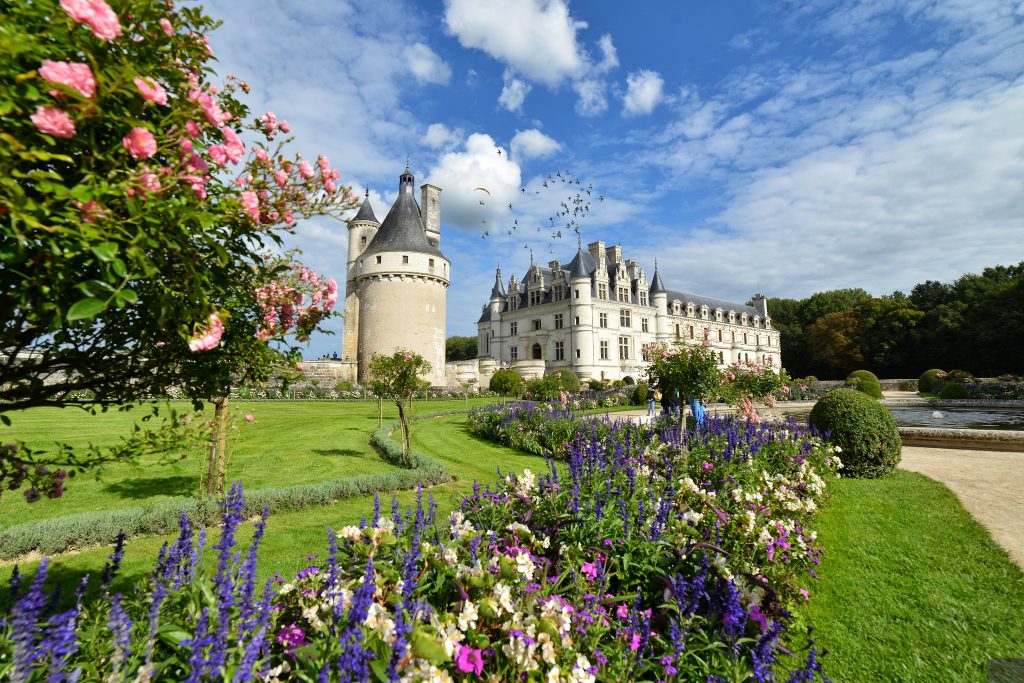
How to get to Château de Chenonceau?
As the biggest city in the Centre-Val de Loire, you can easily get to the Château de Chenonceau from Tours in a reasonable amount of time. You can take a twenty-five minute train ride that will cost you between €16-€30 ($19-$35 USD). A one hour and twenty minute bus ride will cost you €3.5 ($4 USD). A thirty-minute taxi ride is the most expensive mode of transportation and might cost you anywhere between €72-€94 ($85-$110 USD).
Ticket Prices, Visiting Hours & Travel Tips
Information was checked & updated on October 15, 2023.
Ticket prices for the chateau vary. You can book a tour with a guide (available in 16 languages) with access to the Château, Gardens, and the Dômes Gallery along with the Queen’s Apothecary.
The price of a single adult ticket is €15.50 ($17 USD). Tickets for children (aged 7 to 18) and students are €12.50 ($14 USD). Anyone under the age of 7 can enter for free.
You can also book a customized tour that takes place after hours and covers the history of all the Ladies that lived in the chateau for €25 ($30 USD).
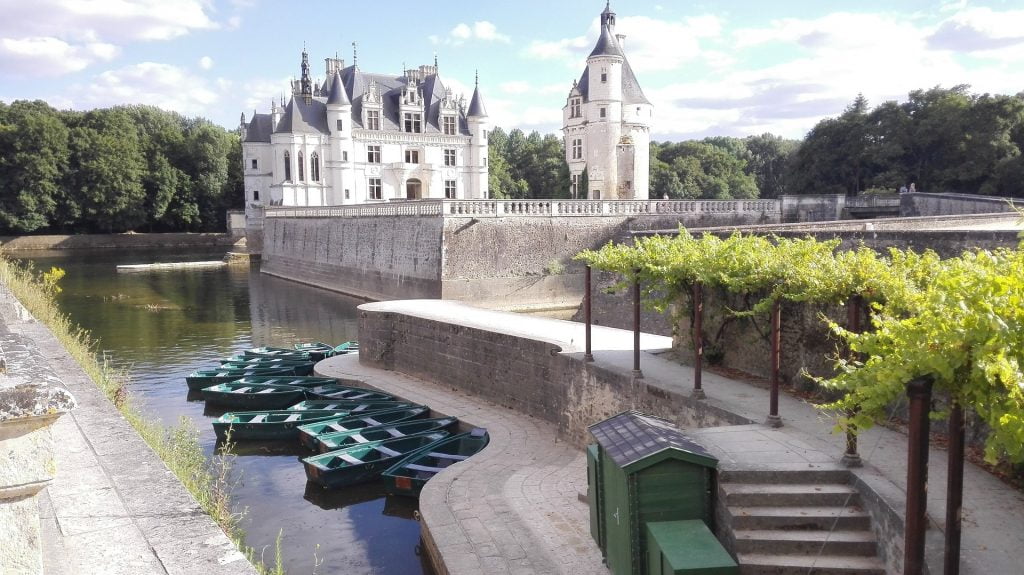
How Long Will It Take to Tour Around?
It can take around 2 hours to explore the Château de Chenonceau.
Up to Date Information
For up to date ticket prices and visiting hours visit the official website: https://chateaudechenonceau.tickeasy.com/en-GB/home
Some words of advice and tips:
- Don’t forget to take a stroll through the gallery over the River Cher for a true sensory experience.
- If you get hungry during the tour, there’s a cafe in the chateau where you can grab a bite.
Virtual Tour of The Château de Chenonceau
This castle made it to our list of the best virtual castle tours. Tour around from the comfort of your own home and don’t forget to explore other castles on this list!

